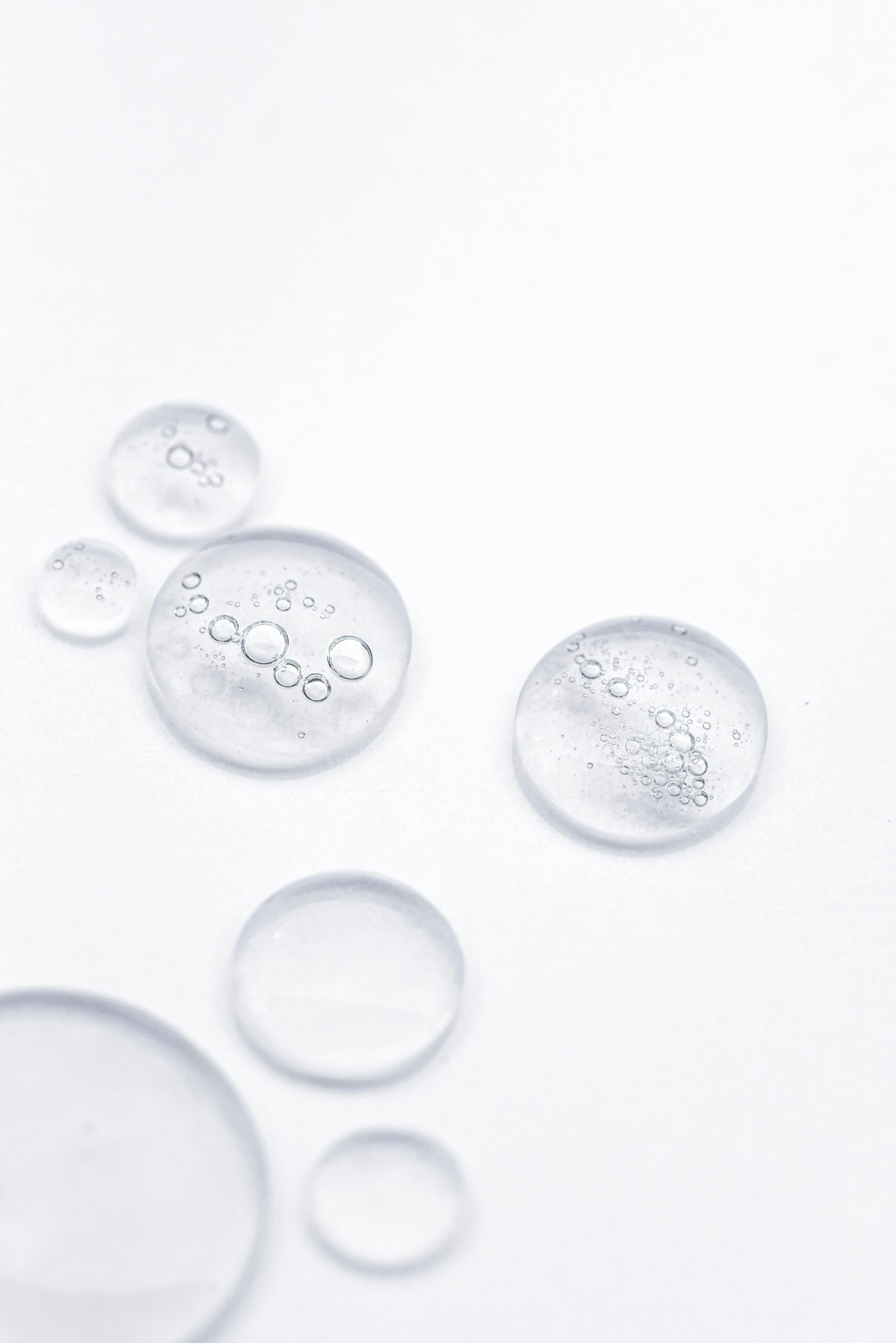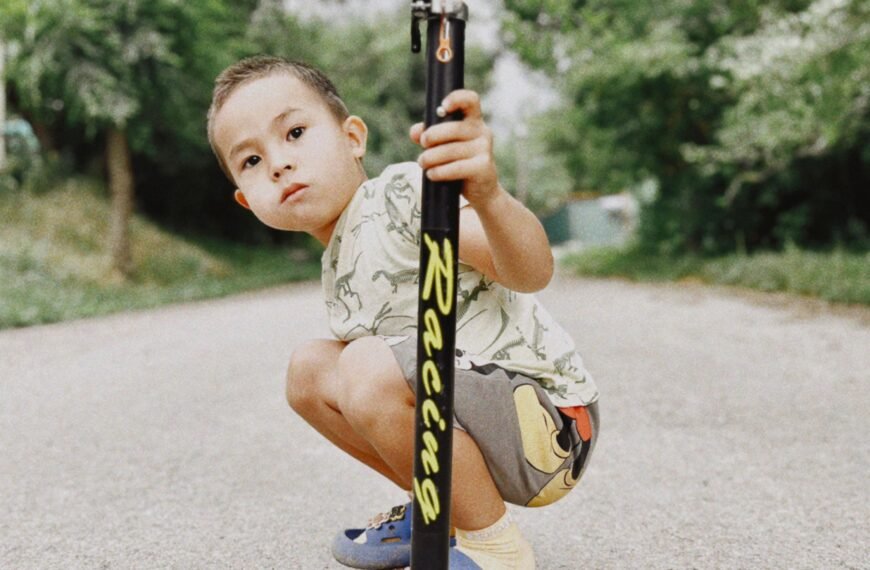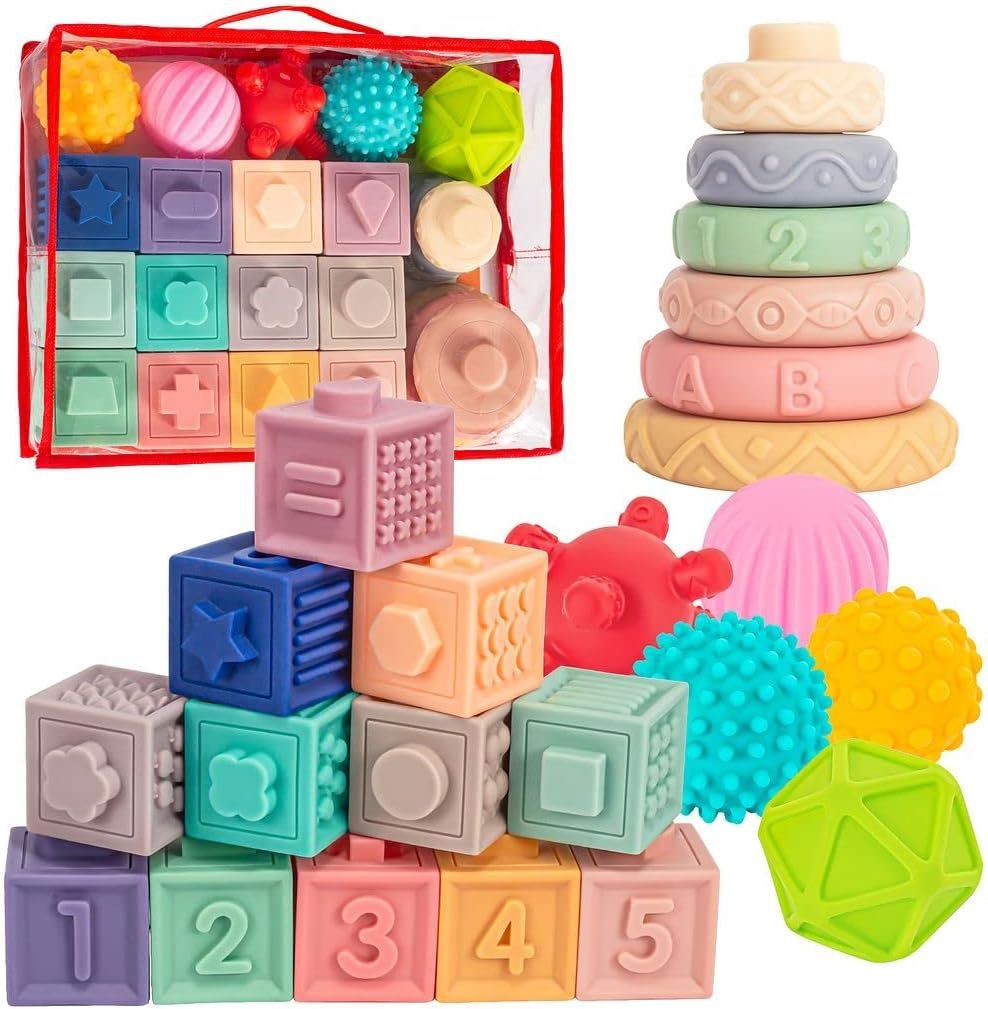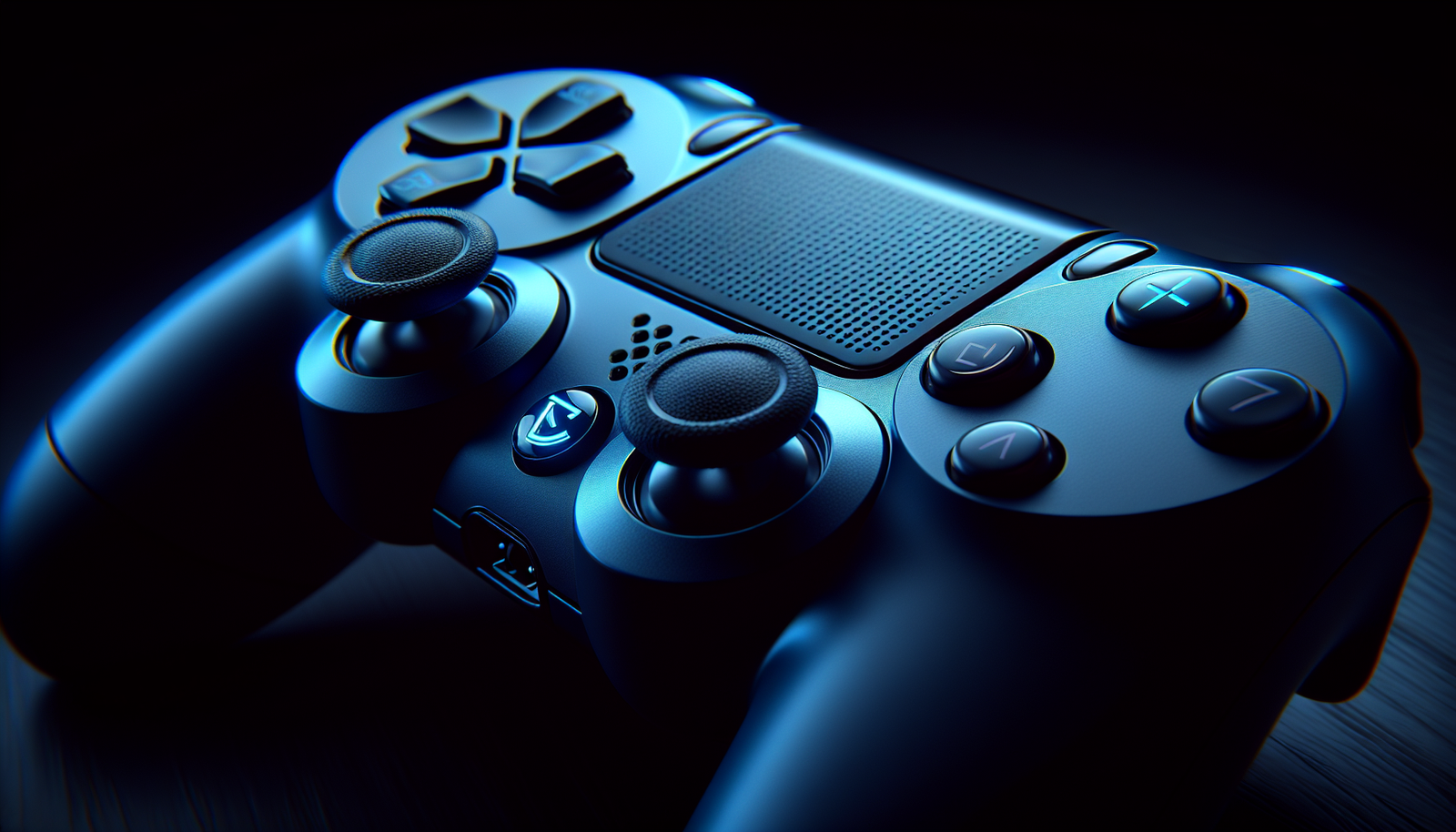Cleaning baby toys is an essential part of ensuring your little one stays healthy and safe. With their curious nature and tendency to put everything in their mouths, it’s important to keep their toys clean and germ-free. But how exactly do you go about cleaning these beloved playthings? In this article, we’ll explore some simple and effective methods for keeping your baby’s toys sparkling clean, allowing you to worry less and enjoy more quality time with your little bundle of joy. So, let’s dive into the world of baby toy cleaning and discover the best ways to keep your baby’s toys squeaky clean!
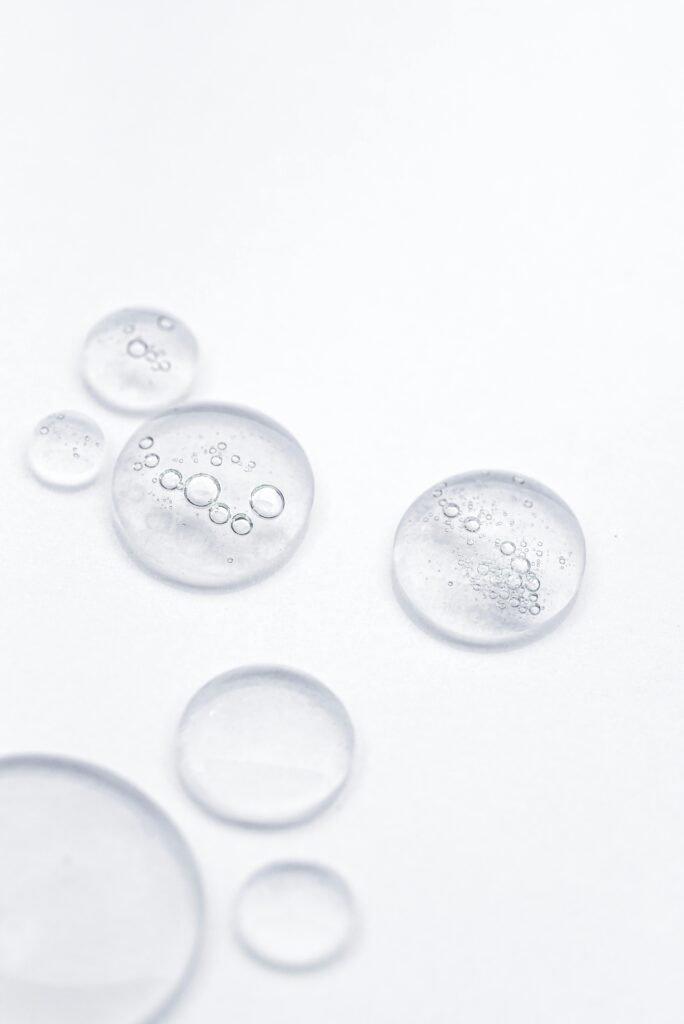
Check Baby Toys Guide & Review
Washing Hand-Washable Toys
When it comes to washing hand-washable toys, there are a few simple steps you can follow to ensure they are cleaned thoroughly. First, gather your supplies, including a basin or sink, mild detergent, and warm water. Next, carefully read the care instructions on the toy to ensure you’re using the correct cleaning method. Once you have the necessary information, prepare a solution of warm water and mild detergent in the basin or sink. Make sure the water isn’t too hot, as extreme temperatures can damage certain toys.
Once the solution is ready, place the toys in the water and gently scrub them with your hands or a soft brush. Pay close attention to any hard-to-reach areas or crevices to ensure all dirt and grime is removed. After cleaning, rinse the toys thoroughly with clean water to remove any soap residue. Finally, place the toys on a clean towel or drying rack to air dry completely before storing them or giving them back to your little one. This method is effective for most hand-washable toys, ensuring they stay clean and safe for your child to play with.
Cleaning Plastic Toys
Plastic toys are often a favorite among children, but they can quickly accumulate dirt and germs. To clean plastic toys, start by checking for any battery compartments. If there are batteries present, remove them before cleaning to avoid damage. Once any batteries have been taken out, wipe the toys down using a cloth or sponge soaked in warm, soapy water. Be sure to scrub away any visible dirt or grime, paying extra attention to any hard-to-reach areas or corners.
After cleaning, rinse off the soap residue with clean water, ensuring all traces have been removed. To disinfect the toys, you can use a mild solution of water and disinfectant sprayed onto a clean cloth or sponge. Wipe down the plastic toys thoroughly and then wipe them dry with a clean, dry cloth. This process will leave your plastic toys clean, germ-free, and ready to be enjoyed by your little one once again.
Cleaning Soft Toys
Soft toys can be a bit trickier to clean, as they are often more delicate and prone to damage. Start by checking the label or care instructions on the toy to see if it is machine washable. If it is, pre-treat any visible stains with a stain remover and choose a gentle cycle on your washing machine. Use a mild detergent specifically designed for delicate fabrics, and avoid using bleach or harsh chemicals that could damage the toy.
After washing, it’s essential to air dry the soft toys to prevent any shrinkage or distortion. You can hang them outside to dry naturally or place them on a clean towel indoors. If the toy has lost its fluffiness, you can gently brush or fluff it using a soft brush or fingers. However, for soft toys that are not suitable for machine washing, spot clean them using a mild detergent and a cloth, avoiding soaking the toy to prevent water damage. Overall, cleaning soft toys with care will help maintain their appearance and prolong their lifespan.
Sterilizing Toys
Sterilizing toys is an important step in ensuring maximum cleanliness, especially during flu seasons or when your child is sick. Not all toys are suitable for sterilization, so it’s crucial to identify which ones can withstand the process. Boiling toys in water is one common method of sterilization. Fill a pot with water and bring it to a rolling boil. Gently place the toys into the boiling water and let them soak for about 5 minutes. After sterilizing, remove the toys using tongs and allow them to cool and air dry.
Another option is to use a steam sterilizer, which offers a convenient and efficient way to eliminate germs. Follow the manufacturer’s instructions to ensure proper use and safety. Additionally, some toys may be dishwasher safe, allowing you to sterilize them along with your dishes. Place the toys on the top rack of the dishwasher and run a hot cycle. Once finished, remove the toys and let them air dry completely before giving them back to your child.

Cleaning Bath Toys
Bath toys have the potential to become breeding grounds for mold and mildew due to their exposure to water. To keep bath toys clean and safe for your child, it’s essential to regularly clean them. Start by squeezing out any excess water from the toys to prevent mold growth. Then, create a solution of equal parts water and vinegar in a bucket or basin. Allow the toys to soak in this solution for about 15-20 minutes to loosen any dirt or grime.
After soaking, scrub the toys with a sponge or brush to remove any stubborn dirt. Pay extra attention to any cracks or crevices where mold may be hiding. Once the toys are clean, rinse them thoroughly with clean water to remove any remaining vinegar solution or soap residue. Finally, make sure to dry the toys completely before storing them. This can be done by placing them on a clean towel or letting them air dry naturally. By following this simple cleaning routine, you can ensure that your child’s bath toys remain clean and safe for their next bath time adventure.
Cleaning Musical Toys
Musical toys add an element of fun to playtime, but they also require special care when it comes to cleaning. Start by removing the batteries from the toy if possible, as excess moisture can damage them. Using a clean cloth, wipe the surface of the toys to remove any visible dirt or fingerprints. Pay attention to any buttons or crevices where dirt may accumulate. You can also use a cotton swab dipped in soapy water to clean these hard-to-reach areas.
To disinfect musical toys, use a mild disinfectant spray or wipes. Gently wipe down the entire surface of the toy, ensuring that all areas are properly sanitized. Finally, make sure to wipe the toy dry with a clean, dry cloth to remove any excess moisture. This will help prevent any damage to the toy’s electronics and ensure that it is ready for your child’s next jam session.

Cleaning Teething Toys
Teething toys are specifically designed for babies to chew on during the teething phase. Due to their constant contact with your baby’s mouth, it’s crucial to regularly clean and disinfect them. To clean teething toys, wash them with mild soap and warm water. Use a clean cloth or sponge to scrub away any visible dirt or residue. After washing, rinse off any soap residue thoroughly to prevent your baby from ingesting it.
To disinfect teething toys, you can use a simple mixture of equal parts water and white vinegar. Soak the toys in this solution for about 15-20 minutes. Vinegar’s natural antibacterial properties will help eliminate germs and keep the toys fresh and clean. After disinfecting, allow the toys to air dry completely before giving them back to your baby. Always remember to regularly check teething toys for any signs of wear and tear and replace them as needed.
Cleaning Fabric Toys
Fabric toys, such as stuffed animals or fabric dolls, require special care when it comes to cleaning. For spot cleaning, use a mild detergent and a cloth or sponge to scrub away any visible stains or dirt. Dip the cloth or sponge into the soapy water and gently scrub the fabric surface, avoiding harsh rubbing that could damage the toy. Rinse off the soap residue with clean water and pat dry with a clean towel.
For delicate fabric toys, it’s best to hand wash them. Fill a basin or sink with lukewarm water and add a small amount of mild detergent. Submerge the toy in the water and gently agitate it to release any dirt or grime. Avoid twisting or squeezing the fabric to prevent damage. After washing, rinse the toy thoroughly with clean water and gently squeeze out any excess water. Place the toy on a clean towel or drying rack to air dry completely.
If the fabric toy is made from a sturdy material, such as cotton or polyester, it might be safe to machine wash. Check the care instructions on the toy to determine if it is machine washable. If it is, place the toy in a mesh laundry bag to protect it during the wash cycle. Use a gentle cycle and a mild detergent designed for delicate fabrics. Once washed, air or tumble dry the toy according to the care instructions.
To remove any wrinkles that may have formed during the washing or drying process, you can use an iron or a garment steamer. Make sure to adjust the temperature based on the fabric type and follow the manufacturer’s instructions to avoid any damage. By following these steps, you can keep your fabric toys clean, fresh, and ready for playtime.
Disinfecting Toys
Disinfecting toys is an essential step in maintaining a clean and germ-free environment for your child. Start by choosing an appropriate disinfectant based on the type of toy and the materials it is made of. Some popular options include bleach solutions, hydrogen peroxide, or disinfectant wipes. Whatever disinfectant you choose, make sure it is safe for use around children and pets.
To prepare the disinfectant solution, follow the instructions provided on the product packaging. Ensure you are using the correct proportions to create an effective cleaning solution. Depending on the type of disinfectant, you can wipe the toys down using a clean cloth soaked in the solution or soak the toys in the mixture. If you choose to soak the toys, make sure they are fully submerged and leave them in the solution for the recommended duration.
After disinfecting, rinse off the toys with clean water to remove any residual disinfectant. This step is important, especially if the disinfectant contains chemicals that could be harmful if ingested. Allow the toys to air dry completely before giving them back to your child. This will ensure that any remaining moisture evaporates, preventing the growth of mold or mildew.
Regular Toy Cleaning Tips
Establishing a regular cleaning routine for your child’s toys is essential to maintain their cleanliness and integrity. Designate a specific day or time each week to clean the toys thoroughly. This will help ensure that no toy goes uncleaned for an extended period. Additionally, it is essential to check the toys for any signs of wear and tear regularly. Inspect for loose parts, broken or sharp edges, or any damage that could pose a safety risk to your child.
When cleaning, always avoid using harsh chemicals or cleaning agents that may damage the toys or be harmful to your child. Opt for mild detergents and natural cleaning solutions whenever possible. After cleaning, store the toys properly in a clean and dry area to prevent dust or dirt buildup. Teach your children the importance of keeping their toys clean and encourage them to help with the cleaning process. This will instill good hygiene habits from an early age and promote a cleaner and safer play environment for your child.
In conclusion, keeping your baby’s toys clean is crucial for their health and well-being. By following the specific cleaning instructions for each type of toy, you can ensure that they are germ-free and safe to play with. Regularly establishing a cleaning routine, inspecting for wear and tear, and teaching your child to keep their toys clean will create a hygienic play environment that promotes their overall health and happiness. Remember, a clean toy is a happy toy!

